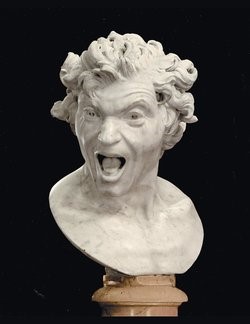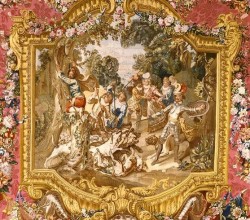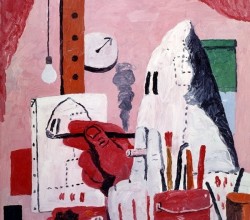
Bernini: He Had the Touch
Ingrid Rowland | New York Review of Books | 4th June 2015
For 17th century popes, Bernini was the go-to guy for busts and sculptures. Besides being affable and highly religious he worked tirelessly and could be relied on to finish a commission. Inspired by Caravaggio’s natural style, he took Baroque sculpture to its zenith. Looking at a terra cotta model, Pope Innocent reportedly said “the only way to resist executing one of his works is not to see them”.




